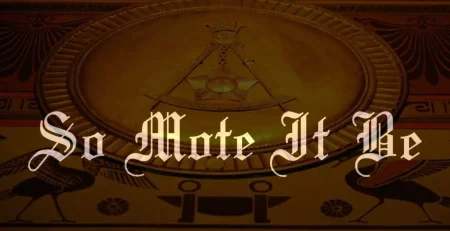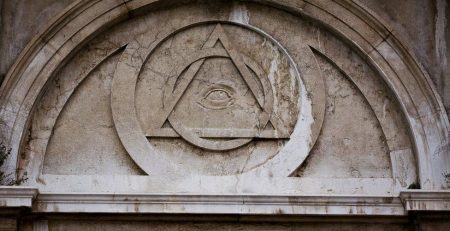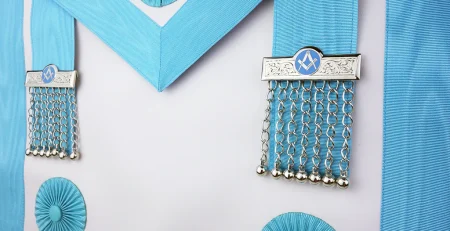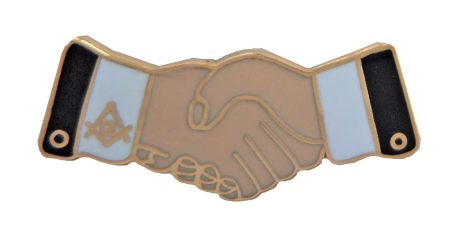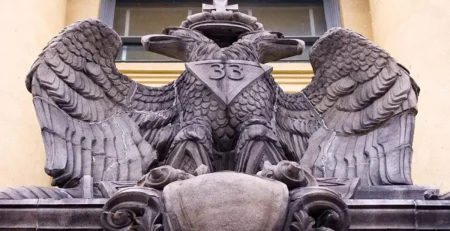Who Wears Fez Hats?
The fez hat, a distinctive brimless cylindrical headpiece, has a rich and varied history that spans continents and cultures. From its origins in the Ottoman Empire to its modern-day associations, the fez is more than just a hat; it represents a tapestry of cultural identity, tradition, and social significance. In this article, we will explore the history, cultural associations, and contemporary relevance of the fez hat.
Origins of the Fez
The exact origins of the fez are somewhat obscure, but it is believed to have been named after the city of Fes in Morocco. The hat’s design can be traced back to ancient civilizations, including:
- Ancient Greece: The earliest forms of similar hats can be seen in ancient Greek culture, where they were worn by men as a sign of status.
- Ottoman Empire: The fez became widely popular during the 19th century within the Ottoman Empire. It was adopted as a symbol of modernity and reform.
Historical Significance
The fez hat gained prominence for several reasons:
- Symbol of Modernization: Under Sultan Mahmud II in the early 19th century, the fez was promoted as part of modernization efforts aimed at Westernizing Turkish society. This was part of broader reforms that sought to align Turkey more closely with European customs and practices.
- Cultural Integration: The fez became a unifying symbol among diverse religious and ethnic groups within the empire, including Muslims, Christians, and Jews. Its adoption across various communities helped foster a sense of shared identity amidst the empire’s vast diversity.
- Military Uniforms: The fez was incorporated into military uniforms, further solidifying its status as a national emblem. Soldiers wore it proudly as a representation of their allegiance to the state.
- Political Symbolism: Over time, the fez also took on political significance. It became associated with various reform movements and was seen as a marker of progressive thought in contrast to traditional attire.
Cultural Associations
Middle Eastern and North African Countries
The fez is particularly associated with Morocco, where it holds deep cultural significance.
- National Symbol: In Morocco, the fez is considered a national symbol and is often worn during significant events such as weddings and religious celebrations. It is not uncommon to see men donning fezzes during festivals like Eid al-Fitr, where traditional attire is celebrated.
- Royal Attire: The King of Morocco and his ministers wear the fez as part of their official attire, showcasing its importance in Moroccan identity. This royal endorsement has helped maintain its status as an emblem of national pride.
- Craftsmanship: Moroccan artisans take great pride in crafting fezzes using traditional methods that have been passed down through generations. Each fez often features intricate designs that reflect local artistry.
The Shriners
In North America, the fez has taken on a different cultural connotation through its association with the Shriners, a fraternal organization known for its charitable work.
- Ceremonial Regalia: Shriners wear a red fez adorned with a black tassel during ceremonies and public events. This unique look helps distinguish them from other organizations and creates an immediate visual connection to their philanthropic mission.
- Near Eastern Theme: The use of the fez reflects the Shriners’ Near Eastern theme and adds an element of mystique to their public persona. This theme often extends into their events and parades, where they celebrate their heritage while raising funds for children’s hospitals.
- Community Engagement: Shriners are known for their dedication to community service. Their fezzes symbolize not just membership but also a commitment to helping those in need through various charitable initiatives.
Contemporary Context
While the fez is not as commonly worn today as it once was, it still appears in various contexts:
- Tourism: In Morocco and other North African countries, fezzes are often worn by hotel staff or vendors to evoke traditional imagery for tourists. This practice helps create an authentic experience for visitors seeking to immerse themselves in local culture.
- Cultural Events: Locals may wear fezzes during festivals or cultural celebrations to honor their heritage. Events like the Marrakech Popular Arts Festival showcase traditional attire, including fezzes, highlighting their significance in Moroccan culture.
- Fashion Statements: In recent years, fashion designers have reimagined the fez for modern audiences, incorporating it into contemporary fashion shows and collections. This revival has sparked interest among younger generations who seek to connect with their roots through style.
The Fez in Popular Culture
The fez has also made its mark in popular culture, appearing in literature, television, and film. Some notable examples include:
- Doctor Who: The character known as “The Eleventh Doctor” famously wore a fez in one episode titled “The Big Bang.” This quirky choice led to a resurgence in popularity for this iconic hat among fans and collectors alike.
- The Simpsons: In an episode titled “The Fez,” characters don fezzes to celebrate their heritage while also poking fun at stereotypes associated with different cultures.
- Comedic Associations: The fez is often used in comedic contexts due to its unique shape and association with eccentric characters. Comedians frequently incorporate fezzes into their acts as visual gags or props that elicit laughter.
Fez Variations Around the World
While the classic red fez is most recognizable, various cultures have adapted the design to suit their traditions. Here are some notable variations:
| Country | Description |
|---|---|
| Morocco | Traditional red felt with tassels; worn by men during special occasions such as weddings or religious festivals. |
| Turkey | Often seen in historical contexts; banned in 1925 but remains a nostalgic symbol associated with Ottoman heritage. |
| Egypt | Worn by men during formal events; often features intricate designs that reflect local craftsmanship. |
| Tunisia | Similar to Moroccan styles but may include different colors and patterns; often worn during cultural celebrations. |
Regional Styles
- Moroccan Fez (Fes):
- Typically made from wool felt.
- Often features decorative embroidery or embellishments.
- Colors can vary but red is most common due to its association with royalty.
- Turkish Fez (Tarboosh):
- Historically made from silk; modern versions may use synthetic materials.
- Usually has a longer tassel compared to Moroccan styles.
- Often used as part of traditional costumes or historical reenactments.
- Egyptian Fez:
- Can be more ornate than other versions.
- Frequently features gold or silver thread embroidery.
- Worn during formal occasions or national celebrations.
- Tunisian Fez (Chachia):
- Typically made from cotton or wool.
- Often includes vibrant colors reflecting local traditions.
- Commonly worn by men during cultural festivals or ceremonies.
Crafting the Fez
Materials Used
The traditional fez is crafted from high-quality materials that contribute to its durability and aesthetic appeal:
- Felt: Most commonly made from wool felt for warmth and comfort; this material allows for breathability while providing insulation against heat.
- Silk or Cotton Tassels: Often added for decoration; colors may vary based on regional styles. The tassel’s length can also signify different meanings depending on cultural context.
Production Process
The production of fezzes typically involves several steps:
- Cutting Fabric: High-quality felt is cut into circular shapes that will form the body of the hat.
- Shaping: The fabric is shaped into cylindrical forms using heat; this process ensures that each hat maintains its structure over time.
- Adding Tassels: Decorative tassels are sewn onto the top; artisans may use intricate knotting techniques that reflect local craftsmanship.
- Finishing Touches: Additional embellishments or colors may be added based on cultural preferences; this step allows artisans to personalize each piece according to tradition.
Artisanal Techniques
Many regions have developed unique artisanal techniques for crafting fezzes:
- Hand-Stitching: Some artisans prefer hand-stitching methods that add character and uniqueness to each piece.
- Dyeing Techniques: Natural dyes derived from plants are sometimes used to achieve specific colors that hold cultural significance.
- Embroidered Designs: Intricate embroidery patterns can tell stories or represent local folklore, making each fez not just an accessory but also a narrative piece.
Symbolism of the Fez
The symbolism associated with the fez varies across cultures:
- Identity and Heritage: In Morocco, wearing a fez signifies pride in one’s cultural heritage; it connects individuals to their ancestors and traditions.
- Modernity vs Tradition: In Turkey, it represents a historical shift towards modernization while also being viewed nostalgically by those who remember its prominence before its ban.
- Brotherhood and Charity: For Shriners, it symbolizes their commitment to philanthropy and community service; wearing it signifies belonging to an organization dedicated to helping children in need through medical care and support services.
Global Influence
The influence of the fez extends beyond its immediate cultural contexts:
- Fashion Runways:
- Designers have incorporated elements of traditional dress into modern fashion shows.
- Celebrities have been spotted wearing fezzes at high-profile events, further popularizing this unique headwear globally.
- Cultural Exchange Programs:
- Educational institutions often host cultural exchange programs where students learn about different traditions including those surrounding the fez.
- These programs promote understanding and appreciation for diverse cultures through shared experiences involving traditional attire like fezzes.
- Social Media Trends:
- Platforms like Instagram have seen influencers donning fezzes as part of their outfits while traveling through North Africa or attending themed parties.
- Hashtags related to fezzes have gained traction among users interested in fashion history or cultural attire exploration.
Conclusion
The fez hat is more than just an accessory; it embodies centuries of history, cultural significance, and social identity. From its origins in ancient civilizations to its modern-day associations with fraternal organizations and tourism, the fez continues to be an enduring symbol across various cultures.
As we explore this fascinating piece of headwear, we appreciate not only its aesthetic appeal but also its role in shaping identities and fostering connections among people from diverse backgrounds. Whether worn during traditional ceremonies or adopted for comedic effect in popular culture, the fez remains an iconic representation of heritage that transcends borders.
In summary, whether you encounter it on the streets of Marrakech or see it adorning characters on your favorite TV show, remember that each fez tells a story—one that connects us all through shared history and cultural richness. As we continue embracing our global community’s diversity, let us celebrate symbols like the fez that remind us of our shared human experience while honoring individual traditions that make our world vibrant and colorful.



